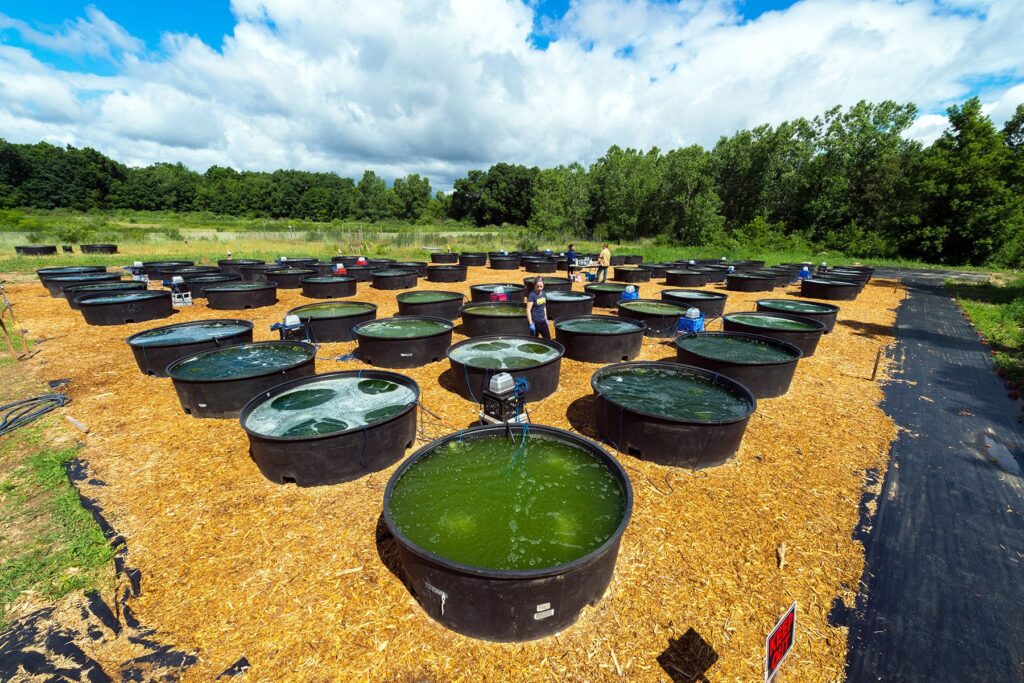Algae has been used as a biofuel for decades now. More powerful and clean than the leading SAF alternative (ethanol), algae has sprung up as one of the best ways to promote the biofuel revolution. Today, we examine the benefits and drawbacks of aquaculture in aviation and propulsion.
Algae is grown on large swaths of water called aquatic farms or collected from lakes, oceans, and ponds. One of the first life forms to have ever lived, these single-celled, photosynthetic organisms have an extremely high energy density, making them ideal for biofuels. Algae can be grown without much electricity or other technology that usually relies on burning fossil fuels. Though only recently development has expanded, biofuels partially using algae have flown even over the Atlantic. With aquaculture farms growing in size and number, algae prices will continue to fall down.
There are two main drawbacks to algae: cost and transportation. A kilogram of algae costs around $900 per metric tonne, while Jet-A fuel costs $450. Despite a reduction in price, decades lie ahead until seaculture can match oil prices. Transport of algae is a much more difficult task than transporting kerosene, as the water has to be kept at a certain temperature and the fact that algae mostly grows near the surface. More algae is also needed to power an aircraft as it generates twelve percent less energy than Jet-A. All of these defects would cost airlines billions. Likely, the only way to use algae will be in a blend with other fuels.
Algae is a promising way to reduce airline emissions. However, the field is still in infancy, and will probably play only a small role in sustainable aviation.
